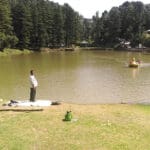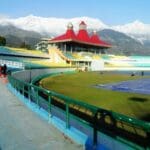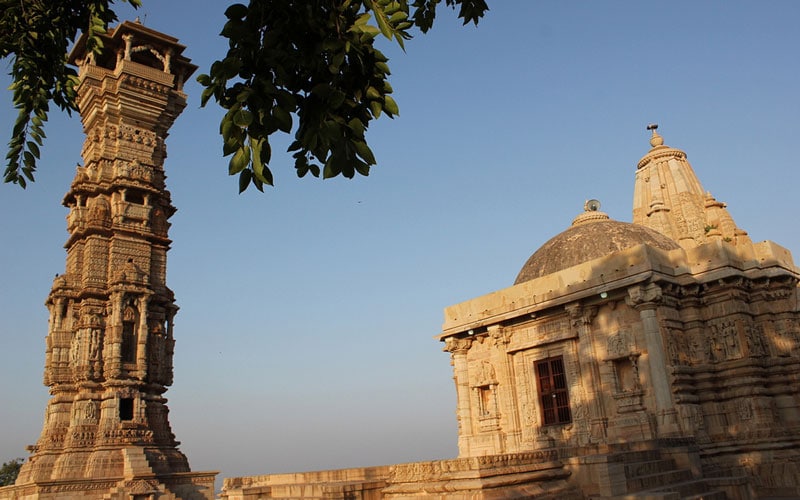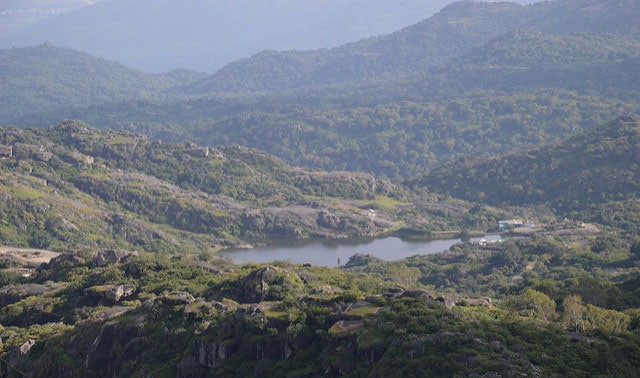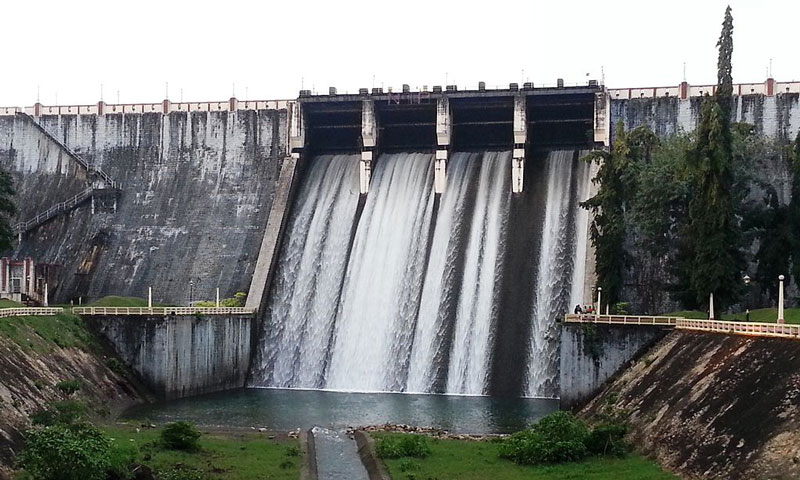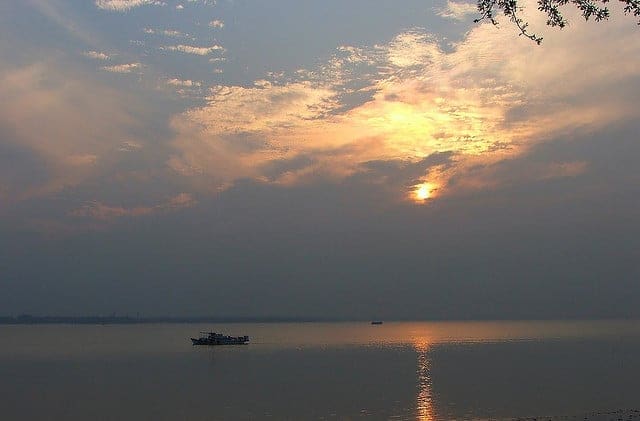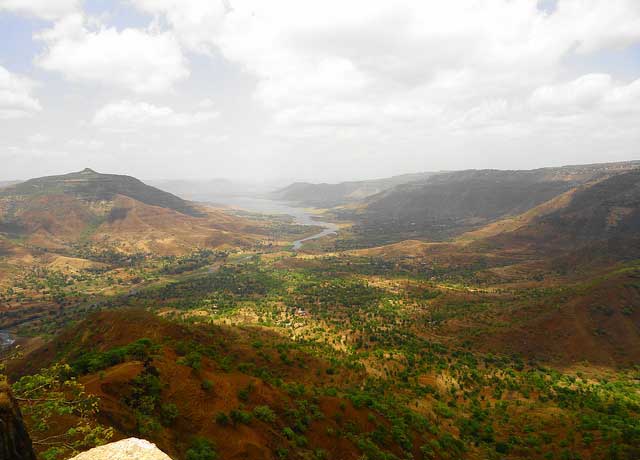Nestled among the lush, rolling hills of Northeast India, Kohima (Places To Visit In Kohima) is a destination where history, nature, tradition, and vibrant urban energy beautifully collide. As Nagaland’s capital, this charismatic city is famed for its proud tribal heritage, tranquil natural retreats, and moments of valor echoing from the ravages of World War II. Visiting Kohima is entering a living tapestry of festivals, unique architecture, rare biodiversity, and heartwarming hospitality. With every season, Kohima reveals a new aspect of its culture and landscape, offering travelers a tapestry of unforgettable encounters and spectacular sights.
1. Kohima War Cemetery: Tapestry of Valor and Remembrance
Historical Significance: Echoes of the Battle of Kohima
One of the most solemn landscapes in Northeast India, the Kohima War Cemetery stands as a monument to the heroes of the Allied Forces who lost their lives during the critical Battle of Kohima in 1944, a turning point during World War II’s Burma Campaign. Spanning the slopes and terraces of Garrison Hill, the cemetery offers a moving narrative of bravery, sacrifice, and the indomitable spirit of humanity through the 1,420 stone-marked graves and an evocative central cross.
Design and Memorial Features
Every component of the cemetery honors the integrity of those it houses:
-
Terraced Lawns and Stone Paths: The gravestones are arranged within perfectly manicured terraces, each labeled with regimental insignia and epitaphs—sometimes simple, sometimes poetic, but each deeply resonant.
-
Memorable Epitaph: The entrance bears the immortal words:
“When You Go Home, Tell Them of Us and Say, For Your Tomorrow, We Gave Our Today.”
-
Annual Remembrance: Each year, veterans, relatives, and history enthusiasts converge here to honor the fallen during the Kohima Commemoration Ceremony—an event marked with floral tributes and reverence.
Visitor Experience and Tips
-
Best Time to Visit: Early mornings or late afternoons provide a tranquil ambience and stunning soft light across the tombstones and sprawling greens.
-
Guided Tours: Enrich your visit with a guided tour. Local guides share powerful stories of individual soldiers and the battle’s impact on Kohima.
-
Practical Information: Entry is free, photography is welcome, and the cemetery is centrally located—easily accessible whether on foot or by taxi.
2. Kisama Heritage Village: Heartbeat of Naga Culture
Structure and Philosophy
The Kisama Heritage Village transcends the role of a mere tourist spot—it’s the vibrant epicenter for celebrating and preserving the region’s diverse tribal legacies. Set against the backdrop of green hills, the village is a meticulously designed living museum, showcasing authentic morungs (tribal dormitories), bamboo architecture, and the traditional homes of Nagaland’s major tribes—each decorated with unique artefacts, insignias, and the implements of everyday life.
Hornbill Festival: “Festival of Festivals”
The annual Hornbill Festival, held each December, transforms Kisama into a whirlwind celebration of music, dance, colors, and cuisine:
-
Tribal Performances: Daily pageantry by all 17 recognized Naga tribes—witness energetic warrior dances, folk songs, and wrestling matches.
-
Culinary Extravaganza: Relish smoked pork, bamboo shoot curries, spicy chilies, millet beer, and more from vibrant food stalls.
-
Handicrafts and Artisans: Explore intricate beadwork, basketry, shawls, and other crafts directly from the hands that create them.
-
Traditional Games and Music: Try archery, spear-throwing, and immerse yourself in local musical traditions.
Visitor Experience and Exploration
-
Year-Round Visits: While the Hornbill Festival is a highlight, the Heritage Village is open all year, offering interactive exhibits and live artisan demonstrations.
-
Practical Tips: The village is about 12km from Kohima (20–30 minutes by taxi). Book accommodation early if visiting during December, as demand soars.
-
Photo Opportunities: Every corner of the village, from the thatched roofs to tribal attire, offers captivating settings for photography.
3. Dzükou Valley: Untouched Eden for Trekkers and Botanists
Natural Marvel and Geographic Grandeur
Spanning the Nagaland-Manipur border, the Dzükou Valley is an emerald expanse celebrated for its carpets of wildflowers, pristine mountain streams, and panoramic ridgelines. At 2,438 meters, the valley is a cool, misty retreat that draws trekkers, botanists, and seekers of solitude.
Biodiversity Hotspot
-
Dzükou Lily: Endemic to this region, the rare Dzükou Lily blooms between June and September, painting the valley with hues of soft pink and white.
-
Other Flora and Fauna: Look for orchids, rhododendrons, euphorbias, and unique high-altitude mosses. The valley shelters barking deer, wild boar, flying squirrels, and dozens of rare bird species.
-
Dreamlike Streams: Crystal-clear rivulets crisscross the meadows, providing perfect picnic spots and soothing ambient music for campers.
Trekking Routes and On-the-Ground Tips
-
Access Points: Treks begin at Jakhama or Viswema villages. The 4–8 hour hike traverses forests of bamboo and pine, steep switchbacks, and rolling grasslands.
-
Campsites and Facilities: Base camps with basic huts and rest houses are available, but trekkers should carry essential supplies, warm clothing, and waterproof gear.
-
Best Seasons: June–September for wildflowers; October–April for clear skies and star-rich nights.
4. Kohima Cathedral (Mary Help of Christians): Spiritual and Architectural Marvel
Historical and Cultural Backdrop
Built in 1991 with a gesture of international goodwill by Japanese veterans, the Kohima Cathedral is more than a place of worship: it’s a breathtaking fusion of indigenous Naga craftsmanship and Christian architectural elements. This enormous cathedral graces Aradura Hill, symbolizing peace, unity, and reconciliation.
Architectural Highlights
-
Sweeping Roofline: Inspired by a traditional Naga “morung,” its roof shelters a vast sanctuary capable of holding 3,000+ worshippers.
-
Woodwork and Glass: The altar and rafters showcase masterful woodcarving, stained glass windows stream colored sunlight onto the congregation below, and the 15-ft cross can be seen from miles away.
-
Panoramic Views: The church grounds offer spectacular vistas of Kohima’s valleys and hills.
Cultural and Spiritual Life
-
Active Community: The cathedral bustles with regular Masses, religious processions, youth choirs, and festive gatherings, especially during Easter and Christmas.
-
Visitor Etiquette: Open for tourists outside of prayer times. Modest dress and decorum are respectfully requested.
5. Japfu Peak: Adventure Awaits atop Nagaland’s Natural Spire
The Trek Up Japfu: A Challenge Rewarded
Ascending to 3,048 meters, Japfu Peak stands sentinel over Kohima and the southern Naga hills. Its slopes are famed for thick forests, rare wildflowers, and the world’s tallest rhododendron tree (over 33 meters).
-
Trekking Trail: The standard path starts at Kigwema village, winding through meadows, pine forests, and thick rhododendron groves.
-
Iconic Sights: In spring (March–May), clouds of crimson and white blossoms line the trail. At the summit, misty panoramas unveil the entire Dzukou Valley, far-off Himalayan peaks, and the patchwork plains of Assam.
-
Spring Festivals: Local guides share folklore, while picnics and overnight camping under the stars make for a memorable adventure.
Practical Trekking Guidance
-
Fitness Level: The trek is strenuous in parts, suitable for experienced hikers or those acclimatized to altitude.
-
When to Go: March–May is best for rhododendron blooms; October–February for clear sunrise vistas.
-
Permits and Guides: Trekkers are encouraged to hire local guides for safety, navigation, and insights into flora, fauna, and Naga legends.
Beyond the Top 5: Unmissable Hidden Gems Around Kohima
Naga Heritage Complex
A grand stage for state events, this complex hosts concerts, fashion shows, and heritage crafts throughout the year. It is a crucible of modern Naga creativity and enterprise.
Nagaland State Museum
Immerse yourself in Naga history and culture among galleries of weapons, jewelry, musical instruments, traditional attire, and rare photographs.
Pulie Badze Wildlife Sanctuary
Covering 9.23sq.km, this sanctuary teems with native birds—including the great hornbill, mountain bamboo partridge, and Blyth’s tragopan. Its serene forest trails are perfect for photographers and nature lovers.
Khonoma Village
Just 20km from Kohima, Khonoma is India’s first Green Village—famous for its terraced fields, eco-tourism trails, community conservation projects, and warm village stays.
Shilloi Lake
Shrouded in local legend, Shilloi Lake’s emerald waters mirror the changing sky. Rituals, folklore, and tranquil surroundings make it a spiritual haven and a paradise for birdwatchers.
Where to Eat: Kohima’s Distinctive Cuisine
-
Signature Dishes: Indulge in smoked pork with bamboo shoot, axone chili, akhuni (fermented soybean), river fish curries, and sticky rice.
-
Must-Try Venues:
-
Dine Inn and Dream Café—perfect for sampling Naga and fusion cuisine.
-
Super Market food stalls—offering freshly made local snacks and spice-laden meals.
-
When to Visit: Seasonal Travel Planner
-
Winter (October–March): Crisp days, festival celebrations, and clear trekking conditions.
-
Summer (April–June): Lush scenery and moderate temperatures, perfect for outdoor explorations.
-
Monsoon (July–September): Verdant landscapes and wild blooms, but some trails may be slippery or closed.
How to Get There: Complete Travel Logistics
-
By Air: Fly to Dimapur (74km from Kohima); regular taxis and buses connect the airport to the city.
-
By Rail: Dimapur Railway Station is the major railhead; shared taxis and buses ply at frequent intervals.
-
By Road: Nagaland State Transport and private taxis operate to and from Kohima’s bustling central bus stand.
-
Permits: Indian citizens may need Inner Line Permits, available online and in major cities. Foreigners should register at the nearest Foreigners Registration Office upon arrival.
Where to Stay: Suggested Accommodations
From budget lodges to boutique hotels and family-run homestays, Kohima offers options for every traveler:
-
Mid-Range: Hotel Japfu, The Heritage, Maple Homestay.
-
Budget: Guesthouses near the taxi stand or near Kisama Village.
-
Heritage Stays: Try Khonoma or Kigwema village for traditional hospitality and community-based eco-tourism.
Responsible Tourism: Support Sustainable Kohima
-
Respect the environment—do not litter or disturb wildlife.
-
Honor the privacy and customs of local communities.
-
Buy crafts and souvenirs directly from markets and artisans to support local livelihoods.
Frequently Asked Questions (FAQ) – Places To Visit In Kohima
-
When is the best time to visit Kohima?
Winter (October–March) is ideal for festivals, trekking, and pleasant weather. The Hornbill Festival in December is the cultural highlight. -
Do I need a permit to visit Kohima?
Yes, Inner Line Permits are required for Indian citizens (except for Nagaland natives). Foreigners must register at the Foreigner’s Registration Office after arrival. -
How challenging is the Dzükou Valley Trek?
The trek is moderately challenging with steep climbs. Beginners can complete it with preparation and local guides. -
What are the main annual events in Kohima?
The Hornbill Festival (December), Sekrenyi Festival (February), and other tribal festivals are major events. -
Where can I learn about Naga culture?
Kisama Heritage Village, the State Museum, and local morungs offer immersive insights into Naga customs and traditions. -
Is it safe to travel alone in Kohima?
Yes, the city is generally safe. Usual travel precautions and respect for local culture are recommended. -
Are vegetarian food options available?
Yes, many local restaurants and cafés offer delicious vegetarian Naga dishes along with Continental cuisine. -
What are the best souvenirs from Kohima?
Handwoven shawls, bead jewelry, bamboo and cane crafts, and organic spices. -
Can I visit the Kohima War Cemetery with family?
Absolutely. It’s an educational and peaceful place suitable for all ages. -
Is internet connectivity reliable?
Major hotels and restaurants provide Wi-Fi; cellular network strength may vary in remote areas. -
What wildlife can I spot in Pulie Badze Sanctuary?
Birds (great hornbill, tragopan), barking deer, monkeys, butterflies, and endemic flora. -
What’s special about Khonoma village?
Khonoma is India’s first certified Green Village, noted for sustainable farming, biodiversity, and heritage walks. -
How to travel within Kohima?
Taxis and shared sumos are common. Walking is easy within city limits. -
Where should I stay for festival access?
Book hotels in advance near Kisama or central Kohima during December festivals. -
Any important cultural etiquette?
Dress modestly, ask before photographing people, and greet elders respectfully.







